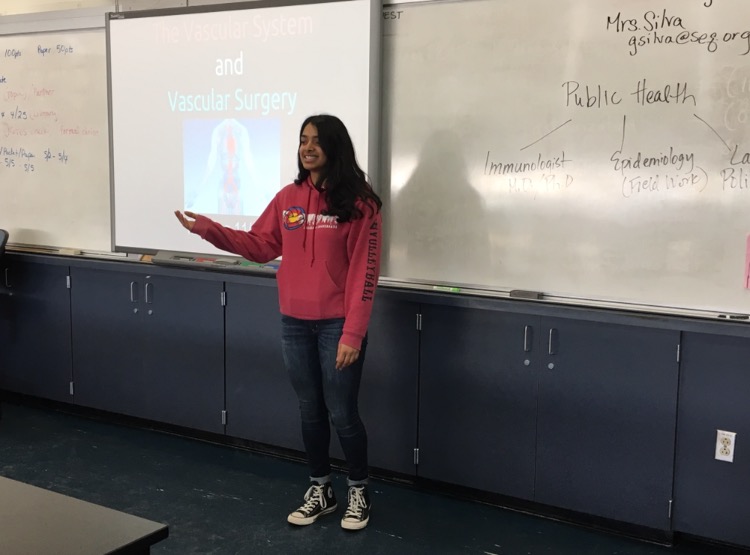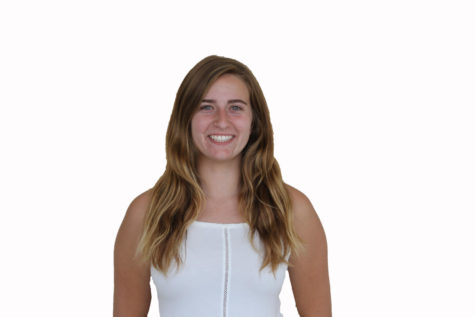Some students want to be pilots, some students want to be artists, but the students in Health Occupations Students of America want to be cardiovascular surgeons or biotechnicians.
The club is new to Carlmont this year, but it’s a chapter of a larger organization that seeks to provide high school students with opportunities and resources to develop their interests in medicine and biology.
“With HOSA, we are trying to gain as much insight as possible so we know and can be prepared for what being a medical student and having a future job in the medical field will require from us,” said Nambiar.
The club was started by sophomore Annika Nambiar with the assistance of sophomore Juhi Mehta, with Nambiar becoming president and Mehta becoming vice president.
Now, all sorts of students have joined, eager to learn more about health sciences.
“I joined this club because I’m interested in pursuing a career in medicine,” said sophomore Niko Bardin, a HOSA club member.
But, the club and official organization don’t solely attract future doctors.
“Since I’m in BTI (Biotech Institute), this club goes perfectly with what my interests are,” said sophomore Holly Koda, who is also a member of HOSA.
The club caters to all.
In fact, the official international HOSA website says, “The mission of HOSA is to enhance the delivery of compassionate, quality health care by providing opportunities for knowledge, skill, and leadership development of all health science education students.”
Thus, the Carlmont club that embodies the international organization facilitates learning for many different types of science using various methods, all encompassed by the HOSA mission.
However, while it may seem like HOSA is controlled by outside forces that determine the club’s direction, as many clubs that are branches of bigger institutions are, it is not. The organization itself actually has only a moderate level of influence over the club’s exploration and direction.
“The larger organization does not dictate how we learn, but rather guides us towards fields that they deem important,” said Nambiar.
The club officers determine their own lesson plans for club meetings, invite guest speakers of their choosing, and host the meetings themselves in classroom C2 with advisor Gregory Schaal.
“In a typical meeting, we listen to a lecture and I take notes. It’s not required, although most of us do,” said Koda.
This year, club activities have included a powerpoint on psychology, a presentation on surgery, and a visit from a vascular surgeon who works at the Palo Alto Medical Foundation.
“I greatly enjoyed when the surgeon came to speak with us because it made me think more about my options in biology,” said Koda.
The lectures, in which club members engage themselves by taking their own notes, and by gaining hands-on experience such as getting to examine a real surgeon’s medical tools, prepare students for futures in the medical field.
“Others should join this club if they are interested in a career in medicine or if they just want to learn something new,” said Bardin.
Institutions such as HOSA, a partner with STEM Premier, bring more opportunity for student growth in various modern scientific and technological fields than there has been in the past, allowing students to develop their passions for the sciences, and in this case medical science, earlier.
This becomes apparent in the United States’ labor statistics. Currently, employment in healthcare occupations is increasing at a rate almost double the national average for other occupations. That trend will continue into the 2020s, adding about 2.3 million new jobs in the years 2014 to 2024.
Also, healthcare practitioners have a median annual wage also almost double the national average. Evidently, it pays to be interested in medical sciences, and Carlmont students are already getting ahead with HOSA.
“Everyone would enjoy HOSA, due to how entertaining the club officers make it, so it doesn’t feel like you’re learning even though you are,” said Koda.


